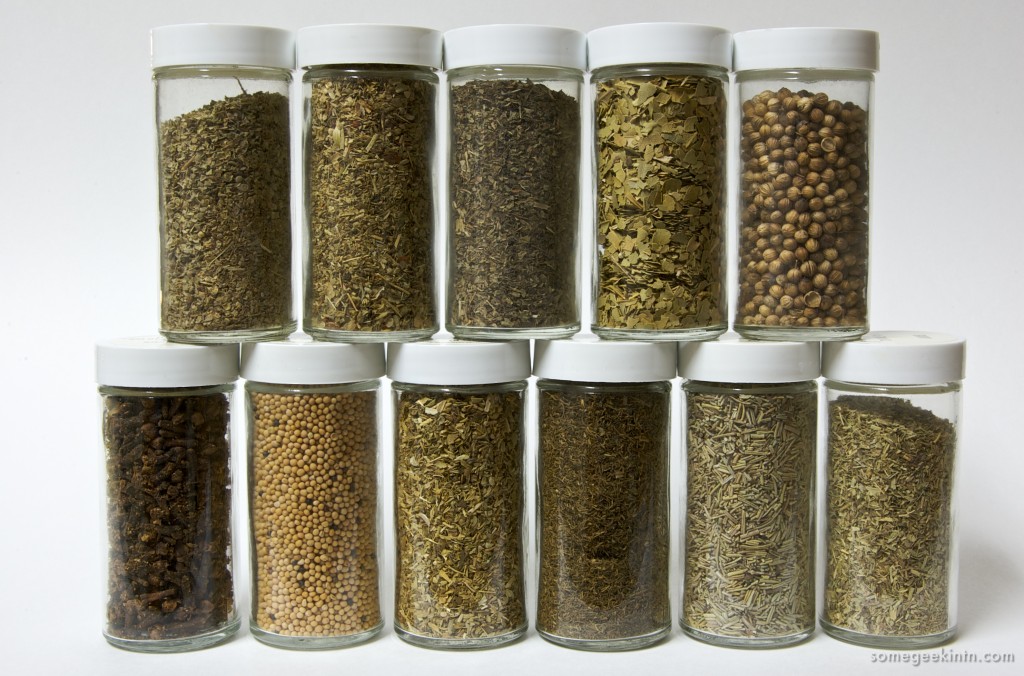While some people may dismiss herbal remedies as quackery, the use of botanicals is well rooted in medical practice. Ancient doctors methodically collected information about herbs and developed well-defined pharmacopoeias to treat a variety of ailments. More than a quarter of all drugs used today contain active ingredients derived from those same ancient plants.
It’s estimated that nearly 80 percent of the world’s population use herbs for some aspect of primary health care. In the United States, more than 1,500 botanicals are sold as dietary supplements; top-selling herbs include echinacea, garlic, goldenseal, ginseng, ginkgo, saw palmetto, aloe, ephedra, Siberian ginseng, and cranberry.
Clinical studies on a handful of herbs are underway, but to help you understand the benefits and risks, we’ve compiled a comprehensive guide to herbs, including potential uses, side effects, and precautions. In no time you will learn how to use herbs to treat some common health conditions like allergies, indigestion, and even anxiety. We’ve also selected some common medical problems and shown you how to treat these conditions through herbal medicine. Finally, if you wanted to browse condition specific to your gender, check out Herbal Remedies for Women or Herbal Remedies for Men.
Learn More


